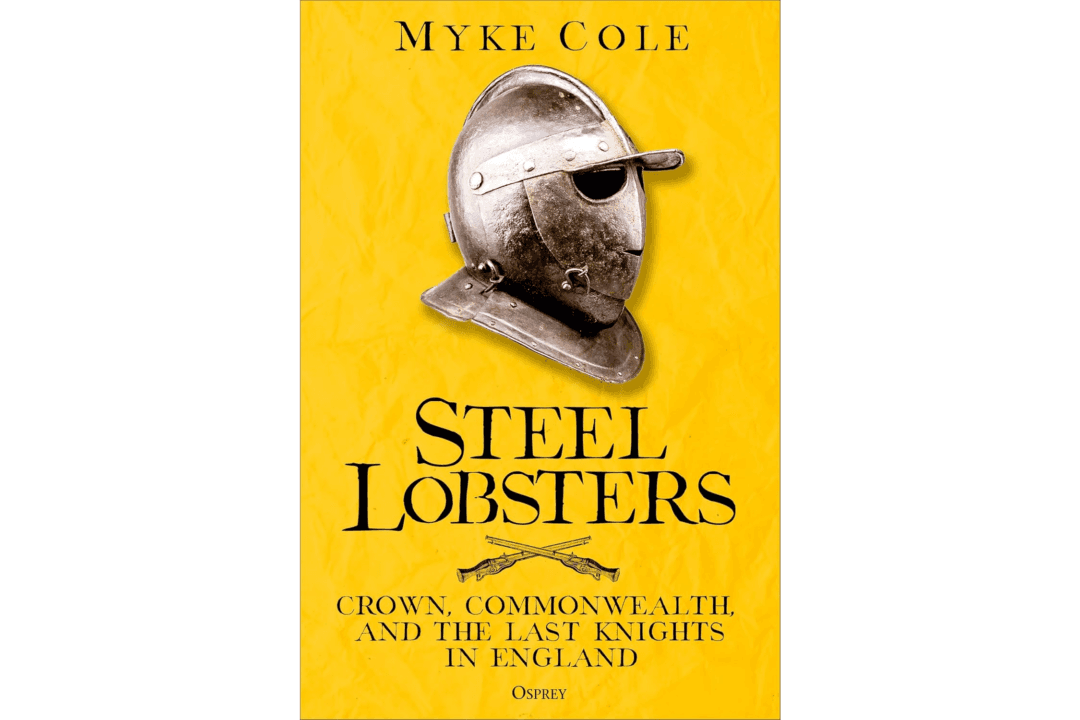Myke Cole has written a number of intriguing military history books, and typically Osprey Publishing has a rather high standard for what they publish. But Cole’s latest work, “Steel Lobsters: Crown, Commonwealth, and the Last Knights in England,” perplexed me. I am wondering why he chose to write this book, and furthermore, why Osprey felt the book was up to its standards.
It’s not so much that Cole’s writing was shabby, though I found his consistent use of first-person—as if speaking at a seminar—irritating. But every so often, he overexplained things. These were not descriptions; instead, he explained self-explanatory things as if he were providing valuable insights.






